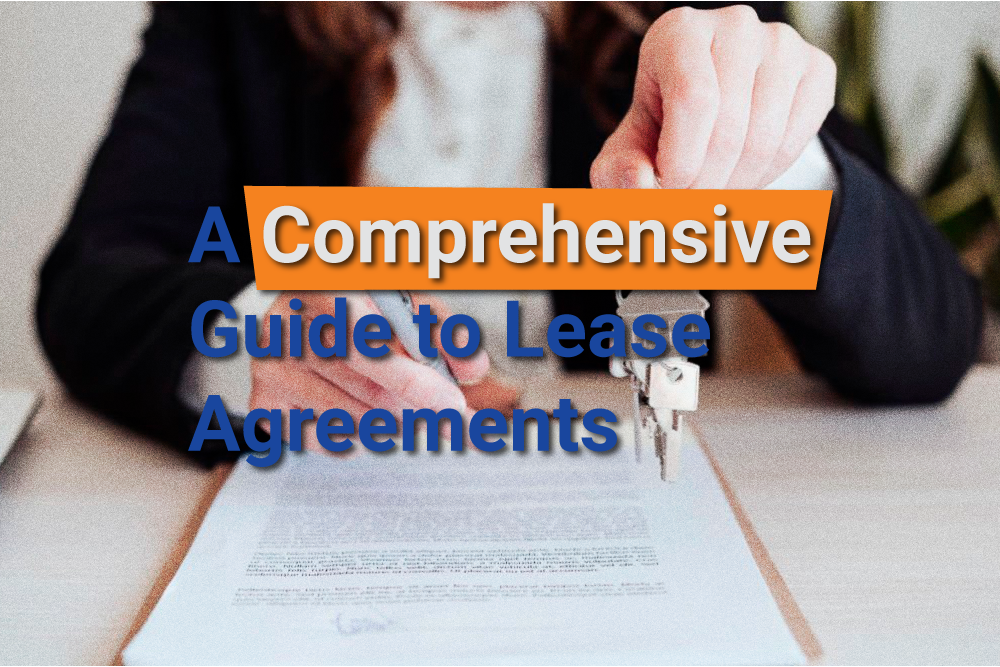A well-drafted lease agreement is crucial for both landlords and tenants to establish clear expectations and maintain a harmonious landlord-tenant relationship. In this blog post, we will explore the key clauses that should be included in a lease agreement. From highlighting the parties involved to specifying rent payment terms, we’ll cover the essential elements that ensure a smooth and transparent leasing process.
- Parties to the Lease: The foundation of any lease agreement is accurately identifying the landlord and tenant. Highlighting the importance of using the legal names of both parties helps establish the contractual relationship. By emphasizing the significance of accurate identification, potential confusion, and legal disputes can be avoided.
- Premises Clause: The premises clause sets the stage for the lease agreement by providing essential information about the rented space. Include the street address, square footage, details of common areas, and parking availability. By clearly defining the physical aspects of the space, both parties have a shared understanding of the property being leased, reducing potential misunderstandings down the line.
- Use Clause: The use clause outlines the permitted use of the leased space and any restrictions the landlord imposes. Clearly stating the intended purpose of the space and any specific limitations helps maintain the integrity of the property and ensures the tenant complies with legal and safety requirements. Highlighting safety liabilities associated with certain activities within the premises promotes responsible usage and protects both parties interests.
- Rent Payment: The rent payment clause is vital for establishing the financial obligations of the tenant. Showcase the rent amount, payment schedule (monthly, quarterly, etc.), and acceptable payment methods. Additionally, mention any provisions related to lease rate escalations to avoid confusion and surprise expenses. Providing clarity on rent-related matters sets expectations for both parties and helps maintain a healthy financial arrangement throughout the lease term.
- Term Clause: The term clause defines the duration of the lease agreement, specifying the start date, lease length, and any provisions related to lease renewal. Communicating the tenant’s responsibility for paying rent throughout the agreed-upon term prevents misunderstandings and potential disputes. Including lease renewal information facilitates future planning for both the landlord and tenant, promoting a smooth transition if desired.
- Security Deposit or Letter of Credit Requirements: The security deposit or letter of credit requirements clause is crucial for protecting the landlord’s interests. Emphasize the need for a security deposit or letter of credit, specifying the amount and its purposes, such as covering potential damages or unpaid rent. By highlighting these requirements, both parties understand their responsibilities and obligations regarding the security deposit, ensuring a fair and transparent process.
- Alterations/Improvements: The alterations/improvements clause outlines whether the tenant is permitted to make changes to the leased space and provides guidelines for such alterations. Clearly defining the conditions and limitations surrounding alterations or improvements helps maintain the property’s integrity and prevents unauthorized modifications. This clause promotes open communication between the landlord and tenant regarding changes to the premises.
- Utilities/Maintenance Clause: The utilities/maintenance clause clarifies the responsibility for paying utilities, the division of repair costs, and any code compliance requirements. Stipulating these obligations minimizes disputes and ensures both parties understand their roles in maintaining the property. It also helps avoid unexpected expenses and promotes a well-maintained space throughout the lease term.
- Insurance Clause: The insurance clause emphasizes the tenant’s obligation to maintain insurance coverage and outlines the specific types of insurance required. This clause protects both parties from potential liability and unforeseen circumstances. The landlord and tenant can mitigate risks and safeguard their interests by clearly communicating insurance expectations. It is important to include details regarding the coverage amounts, additional insured parties, and any specific insurance requirements.
- Importance of a Detailed Lease: Conclude the lease agreement discussion by highlighting the significance of a comprehensive and detailed lease. Emphasize that a well-drafted lease prevents disputes, promotes clarity, and ensures a mutually beneficial relationship between the landlord and tenant. By having a thorough understanding of their rights and obligations, both parties can navigate the leasing process with confidence and maintain a positive landlord-tenant dynamic.
